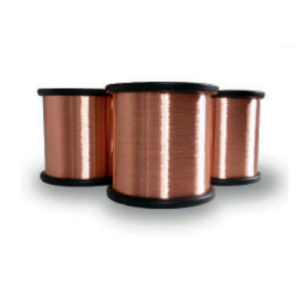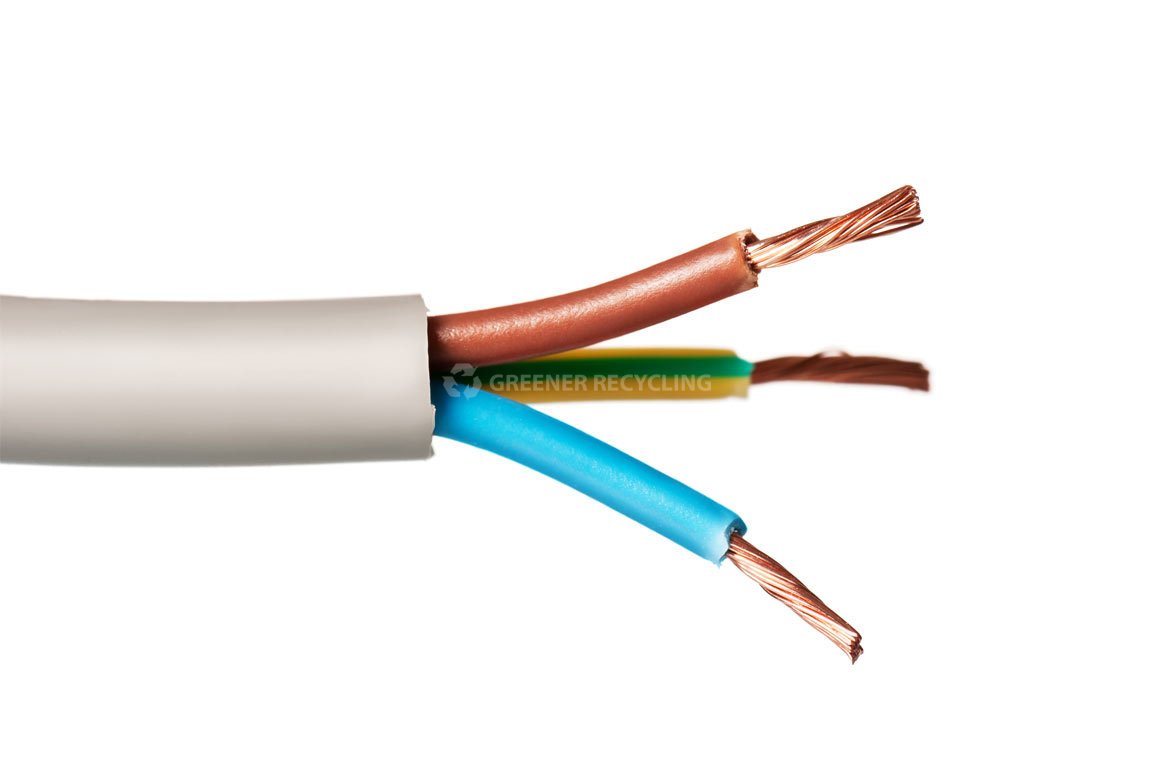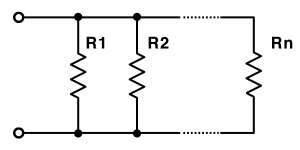Common Problems of Enameled Wire
Q: Can I use enameled silver wire instead of enameled copper wire to make a stronger electromagnet?
A: Well, yes and no.
Silver is a bout 5.7 percent better conductor. That means you can get about 2.8% smaller wire diameter with the same resistance. or get 5.7% more length in the same space.
That in turn will get probably about 3–4% more turns (the turns are on the outside diameter so fewer turns per length than the inside) so maybe 3–4% more magnetic flux.
So if you are limited by space which limits the turns, yes, you can get a very small improvement.
But if you have plenty of space, throw on a few more turns of copper wire and you’ll get more magnetic flux for a whole lot less money.

Q: What is an enameled wire used for?
A: Enameled wire is used to wind electromagnets, coils for transformers, choke coils and other inductors. It’s a bit old school but when I was much younger my uncle who as a ham operator and build all of his own tube type transmitters and receivers. I used to watch him hand wind all of his own inductors for his radio equipment. When I was an industrial electrician, I used to hang out around the motor shop and watch the winders rewind and repair induction motors.

Q: What is the difference between copper wire and magnet wire?
A: Good question. Copper wire is a widely used standard type of wire, It has a very low resistance (ohms/foot). This allows it to carry higher amps with out getting to hot. Ohms/foot is a however a negative effect. Regardless, read on.
Magnet wire is used to create the magnetic effect. Magnet wire is copper wire with a special enameled coating. The coating acts as insulator, this allows the wire to be wrapped many times in a coil (circle). Maxwell showed us that when wire is wrapped in a coil the electrons passing thru the wire will create a magnetic field perpendicular to the current flow. The action of multiple windings multiplies the magnetic effect. In physics this is referred to as the right hand rule. (google it). A common device using this process is the electo-magnet. An audio speaker is an electro-magnet with a paper cone attached. The music in the form of a varying voltage drives the magnet to move the paper cone, our ears will pick up these audio variations of the air.
So the answer to your question; ‘the enameled insulation”. btw, the thinness of the enamel increases efficiency, decreasing the overall size, more wraps per cubic centimeter, more magnetic effect, denser magnetic filed, ie. strength.
Maxwell wrote his equations defining electro magnetic fields when he was 19 y/o and Einstein used those equations to formulate many of his theories.
Q: How does one determine properties of a wire?
A: If you want properties in an electronic circuit or magnetic field such as a transformer, there are a ton of formulas for various electrical behaviors such as
Hysteresis
Eddy currents
Inductance
Stray capacitance
Reactance
Phase
Power (this applies to an electrical field as well as a plain piece of wire)
All of these can be looked up with internet searches.
Q: What is the thickness of enamel on a magnet wire?
A: for transformer wires, in the range of 0.1 mm2 to 5 mm2 the enamel thickness is 0.05 mm.

Q: What is meant by enameled copper wire?
A: Enameled copper is the type of wire used to wire motor windings. It comes in various thickness depending on the device.
When the wire is formed, the last step is run it through Enamel to create a paper thin insulation coating.
This prevents the wires that are packed ever so tightly together from shorting out with each other.
If you’ve never watched a motor being wound, I’d suggest you check it out. It’s pretty amazing how they do it. The modern machine winders are unbelievable, while the old school guys who use coil winders on their work bench are very impressive
Q: What is the minimum thickness of enamel wire to withstand 50A current?
A: Magnet wire or enameled wire is a copper or aluminium wire coated with a very thin layer of insulation. It is used in the construction of transformers, inductors, motors, speakers, hard disk head actuators, electromagnets, and other applications that require tight coils of insulated wire.
The wire itself is most often fully annealed, electrolytically refined copper. Aluminium magnet wire is sometimes used for large transformers and motors. The insulation is typically made of tough polymer film materials rather than enamel, as the name might suggest.
Thicker wires have a larger diameter and cross section area, thus has a lower resistance for the same wire length, and can handle higher current.
Each wire has resistance, and the resistance has to do with the material’s conductivity, wire thickness and wire length.
- thinner wire = more resistance
- longer wire = more resistance
Wires with more resistance will cause more voltage drop and delivers less power.
When drawing more current than the wire can handle, it will simply start to heat up due to resistance, and eventually melt. It also becomes the bottleneck in your power system and could struggle to deliver the power to your ESC/motors.
Q: Can a nichrome-enameled wire be used in an inductor?
A: Yes, but it will be lossy/low-Q because nichrome wire has significant resistance.
Q: What is the property of matter to be drawn out into fine wires without breaking called?
A: That property is called ductility.
A tensile test will give us the information – the percentage elongation and reduction of area are the usual parameters used to describe ductility.
Mallability is the ability to be rolled or beaten to a thin sheet.
Normally a metal that is ductile is also malleable and vice versa.
Copper, silver, gold, aluminum etc, are examples.
Pure iron and very low carbon steel are also fairly ductile.
With increasing carbon content, the ductility and malleability goes down (for steel).
Q: What property determines the material used for the inside of an electrical wire?
A: Resistivity – must be very low
Current carrying capacity. – must be high
Heat with standing capacity – must be high
Brittle & Weight – NOT brittle & be low weight
Q: How do I measure the diameter of an enameled wire?
A: You either use a micrometer or a caliper.
Both will work equally well, although a digital caliper is the easiest.
Q: Can we use a wire that doesn’t have enameling?
A: Sure! You can find quite a lot of this kind of wire (bare “buss” wire) inside electrical chassis’ of various kinds, implementing “point-to-point” connections. The wire segments are short, and stiff enough so that there is little chance of their bending enough to short out to another wire.
Q: What are the properties of series resistance?
A: Series resistance gets added up when arranged in series. In Series resistors ,the current through each resistor is same but voltage drop depends on the value of resistance of each resistor.
So,current values doesnt change across the resistor but voltage changes
Eg
3 resistor are there 1. 4ohms 2. 2 ohms 3. 8ohms
Connected to 14 v battery
Equivalent resistance=14ohms
Current through each resistor =1ohm
Voltage through 4ohm=4v, 2ohm=2v ,8ohm=8v

